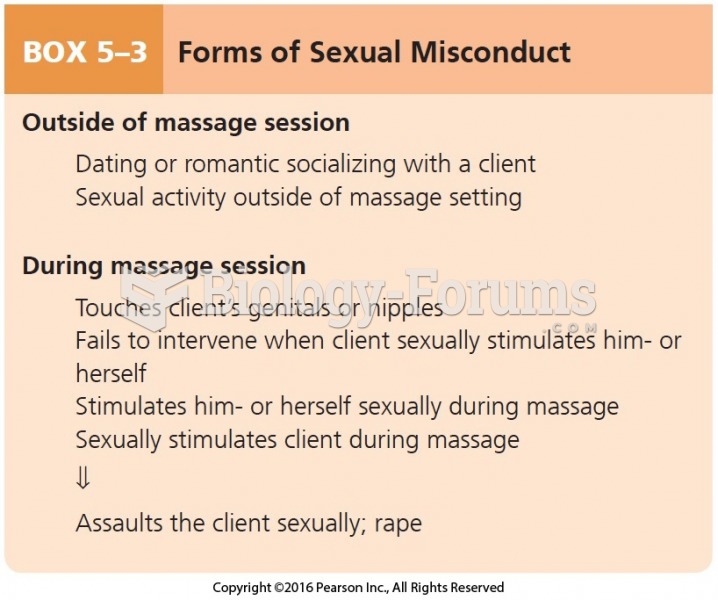Answer to Question 1
D
Answer to Question 2
European cities are noted for three periods of historical development: medieval, Renaissance-Baroque, and industrial. Each of these brought changes to the structure of cities. The medieval period was characterized by crowding and narrow, winding streets with masonry buildings with little set back from the street. Although picturesque, these medieval cities are difficult to maneuver in from a modern perspectivethe streets are heavily congested and modern plumbing and heating are often not present. Living quarters are small and cramped as well. This area of European cities, though, is of much interest for its historical value. Efforts are made in many European countries to preserve these portions of cities and they often are the areas of the city most attractive to tourists. The Renaissance-Baroque period led to more open and spacious design, characterized by large ceremonial buildings and squares, monuments, gardens and wide boulevards lined with palaces. Many European cities were restructured during this periodsuch as Paris and Vienna. However, during this period walls surrounding cities still limited growth. With industrialization, factories were brought to cities to capture markets and labor forces. These factories were usually located along transportation lines, and often outside of the walls of a fortified city. Today, as in North America, many residents are drawn to the suburbs of these European cities. However, unlike North American cities, most of these suburbs are well connected to cities via well-developed public transportation.






